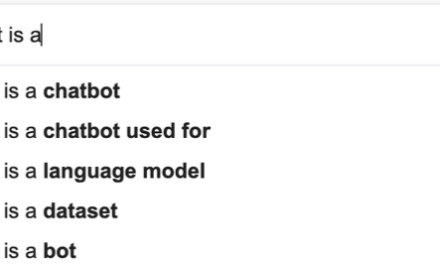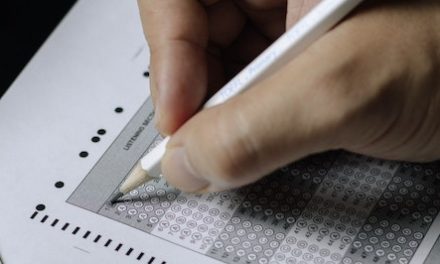Beyond the books and numbers, mathematics can become the premise of so much more. We often fail to acknowledge the ways in which this limitless subject can aid us from our day to day lives through to our most crucial moments as we take on the daunting global challenges that may lie ahead. Hence, I would like to lead us through several moments in which mathematics has displayed to us the magnificence of its unexpected potential.
Public key cryptography is a method of data encryption that ensures our privacy over a plethora of digitals actions we are liable to take every day; from the security of our online communications to that of web browsing via SSL or TLS protocols. The essential to public key cryptography is its application of modular arithmetic. For us to understand the contributions of mathematics to cryptography, we must understand what exactly this means. To perform modular arithmetic, we first complete operations between any numbers by regular means. Then, you divide this result by a given modulus and may take the remainder as the final result. For example, 7 x 3 (mod 2) = 1.
In a model first innovated by Ron Rivest, Adi Shamir and Leonard Adleman, we can describe characters Alice, Bob and their adversary Eve. If we imagine that Alice and Bob wish to communicate without the intervention of Eve, they must first both agree on a prime number (P) and a base number (N). This can be done publicly without infringing the information they wish to keep private. Alice can then choose her exponent A in private, as does Bob with exponent B. Following this, Alice can compute NA (mod P) to Bob, who also computes NB (mod P) to Alice. Eve will now be aware of both these numbers, but Alice takes Bob’s result [NB (mod P)] which we can call L. She can then compute LA(mod P), as will Bob compute Eve’s result [NA (mod P)], M into MB (mod P). The result is that Alice and Bob’s final numbers are revealed to be the same. Owing to the brilliance of modular arithmetic, Alice and Bob have successfully avoided the infiltration of their adversary. This is the mathematics we apply in more complex manners to ensure our privacy and integrity in the digital world.
Another example of the global impact of mathematics we may choose to investigate is the use of radon transforms in CT imaging. The radon transform is a mathematical technique that models the data acquired from taking cross-sectional scans of an object from a multitude of angles. Through this, we are able to reconstruct said object on a digital interface. With applications to CT scans, we are now able to identify various muscle and bone disorders and treat them accordingly. It is through mathematics that we can provide to doctors this critical and potentially life-saving data.
Boolean algebra is a branch of mathematics that deals in logical operations with binary variables. It is the fundamental operative behind digital circuits and has carved route for the technological advancements we continue to accelerate to this very day. First invented by George Boole in 1847 and then later modelled to a circuit in 1938 by Claude Shannon, this piece of mathematics gives rise to the first electronic computer. And as such, we are now unable to imagine our society without them.
Collaborative long-term thinking in the field of mathematics indubitably paves the path to our future. Here, I have explored only a few ways in which mathematics has been the foundation of phenomenal global developments. It is clear that they are all analogous through their building upon the work of others. It is by these means that we can actively apply mathematics in a way that benefits all. Be it health, convenience or safety in numbers, we may foster hope for our future in the unexpected potential of mathematics.
References
Ron Rivest, Adi Shamir, Leonard Adleman (1978) Paper: A Method for Obtaining Digital Signatures and Public-key Cryptosystems
Cornell Department of Mathematics (2004) Article: Primes, Modular Arithmetic, and Public Key Cryptography
Kaile Fang (2021) The Radon Transformation and Its Application in Tomography
Claude E. Shannon (1938) Paper: A Symbolic Analysis of Relay and Switching Circuits




